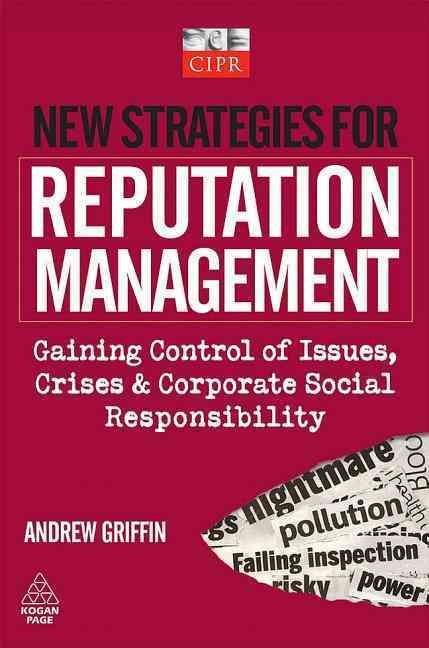In the aftermath of terrorist attacks by ISIS (ISIL or Daesh) in Paris, Beirut and on the Russian jet over the Sinai Peninsula, the US and much of the world is focused on crushing the Islamic State. Countless refugees and displaced persons fleeing to Europe, Turkey, Lebanon and Jordan have thrust the long and bloody civil war in Syria and decades of warfare and insurgencies in Afghanistan, Iraq, Yemen and Libya into the 2016 presidential political campaign. ISIS terrorism is fueling political opposition in the US to welcoming Syrian refugees and also focusing more attention on terrorists infiltrating Central America with fake passports and illegally crossing the US border with Mexico.Strategies for uprooting, containing and defeating ISIS have to take into account an incredibly complex historical and geopolitical context in the Middle East and Persian Gulf region that has spawned insurgencies, terrorism, widespread disorder, corruption and the meltdown of governance in Syria, Iraq, Libya and Yemen. None of these crises in the Middle East and Africa have had any political, military or counterinsurgency solutions that have worked to contain ISIS and other jihadist terrorism.Further destabilization looms in Syria as the result of Russia’s military intervention to support Assad’s brutal regime and supposedly to fight ISIS. Both Russia and Iran have supported Assad for many years. Iran’s strong financial and other support for Assad is likely to increase when sanctions are lifted as a result of its international nuclear deal. An anti ISIS strategy has to deal with the different agendas of US allies: Turkey’s enemy is the Kurds; the Kurds are determined to protect and expand their territories in Iraq and Syria; Saudi and the Gulf States are most concerned about Iran and its proxies; Iran aims to protect and support Shiites in Syria and Iraq; many insurgents in Syria are militant Islamists; and the Afghan government is struggling with reform and Taliban attacks.Next gen …












